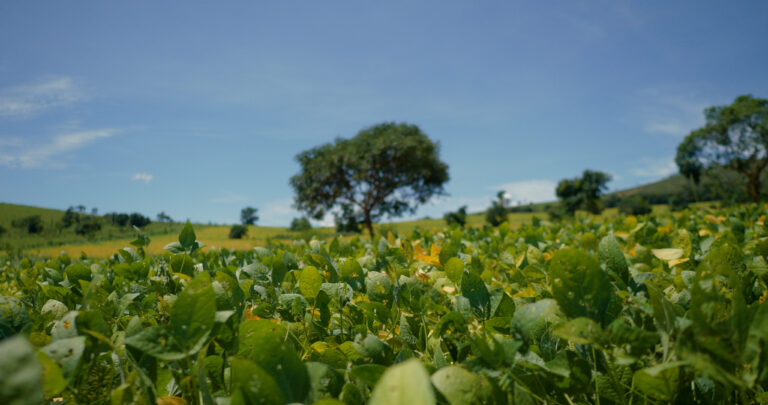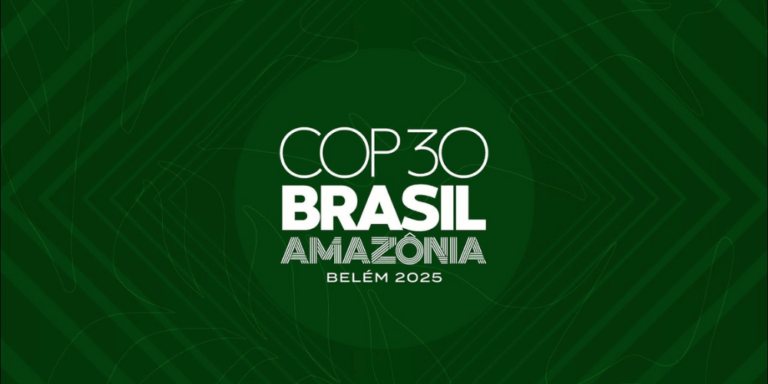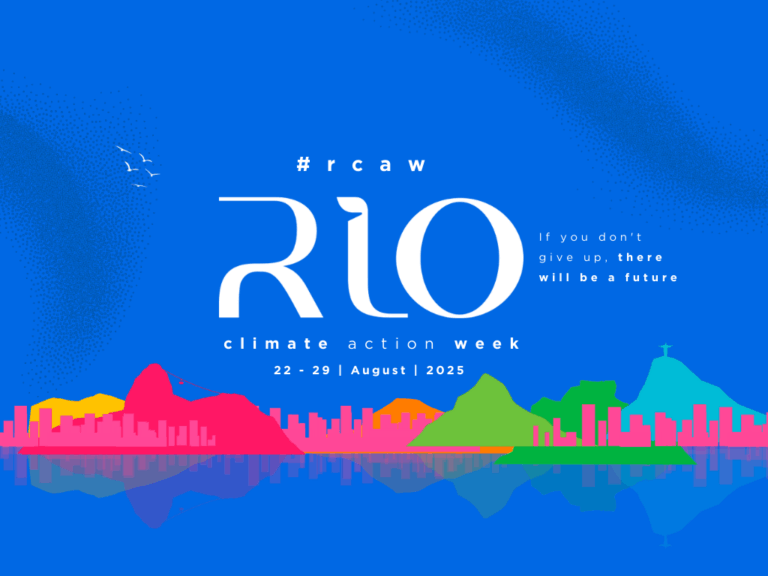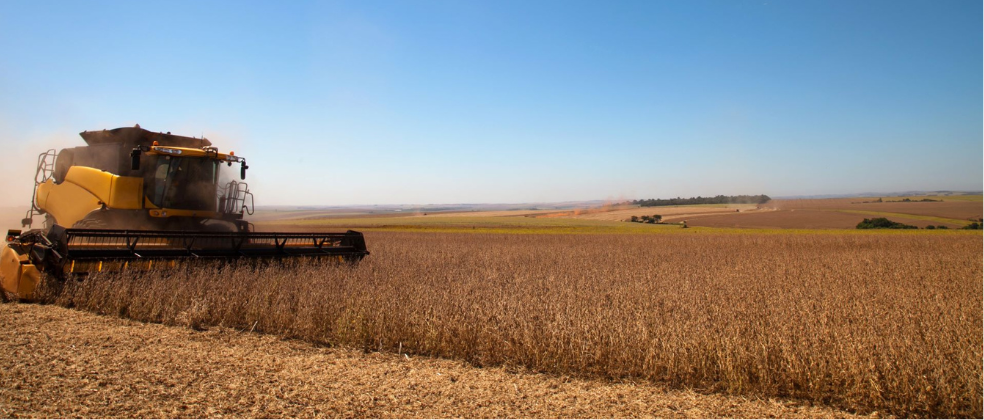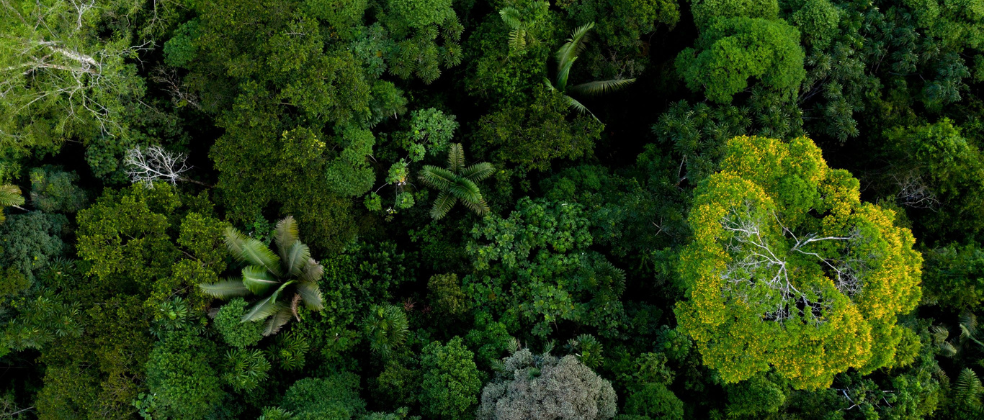We are excited to be co-hosting and taking part in a number of events throughout London Climate Action Week. The team will be attending in person, so if you are there too and would like to connect, please reach out.
What we will be doing:
- Showcasing the Responsible Commodities Facility as a proven and scalable solution to secure deforestation and conversion free soy from Brazil
- Participating in discussions around accelerating investments in nature and climate adaptation
- Looking ahead in preparation for Rio Climate Action Week and COP30
See us at:
Monday 23rd
(08:30 – 10:30) Attending: Sustainable Business COP High-Level Event
(10:35-11:50) Attending: The Business of Nature: A Guide for Turning Corporate Interest into Action
(17:00 – 19:00) Attending: The Nature Hub Drinks Reception
Tuesday 24th
(09:00 – 11:00) Speaking: The Road to Belém: Scaling Climate Solutions from Emerging Markets
(15:00 – 18:00) Speaking: Financing deforestation-free commodity supply chains: delivering sustainable business growth, investment returns and climate action
(18:30 – 20:30) Attending: Rooting for Change: Dialogue for Forest Finance
Wednesday 25th
(15:30 – 19:30) Attending: Brazilian Agritech Briefing
Thursday 26th
(08:30 – 12:00) Attending: Tropical Forests for Climate Impact: Driving Innovation in Results-based Policy and Finance on the Road to COP30
(14:00 – 18:00) Co-hosting: Transition Finance for Resilient Agricultural Systems
(14:00-15:00) Attending: Earthshot Hour
(18:30 – 12:00) Attending: Road to COP30
Plus a number of closed events around these times.
